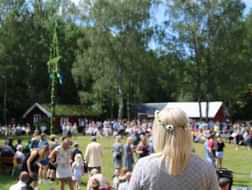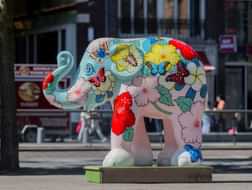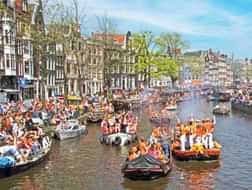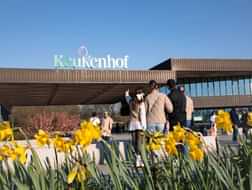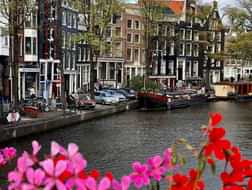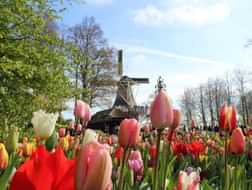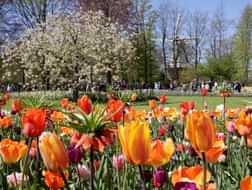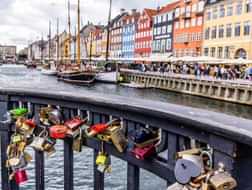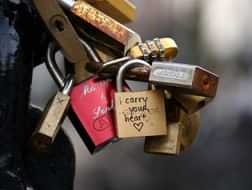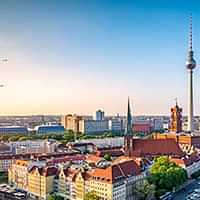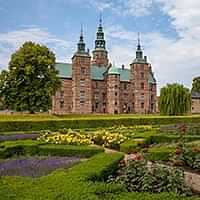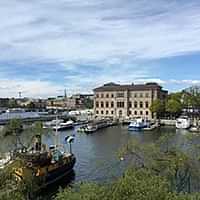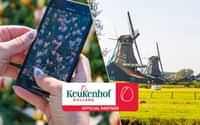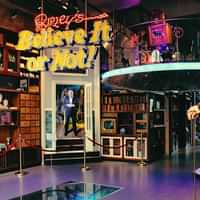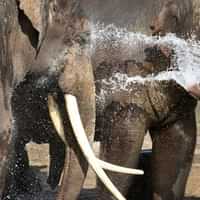How to celebrate a traditional Dutch Easter

Though over half the Dutch population is not religious, many of the traditionally Christian holidays continue to be celebrated and are official national holidays. Good Friday and Easter are two such events that for many, though not all, have lost their traditional meaning yet hardly anyone complains about getting a day off from work or school. Today Easter in the Netherlands is a mix of Christian and pagan traditions as well as plenty of food enjoyed across the Easter weekend.
Bonfires
Easter bonfires are a popular tradition, especially in the eastern parts of the Netherlands. The tradition is centuries old and is sometimes linked to pre-Christian spring feasts such as Beltane, though there is no proof of this connection. The tradition definitely goes back to the late Middle Ages.
It is likely that the tradition came to the Netherlands from Scandinavia or Germany. Some towns hold annual competitions to build the highest, or the neatest fire. The hamlet of Espelo in the province Overijssel holds the world record for highest Easter bonfire, which measured almost 46 metres high.

Palm Sunday Crosses
For this typically Dutch Easter tradition, though also done in the Antwerp Campine region, Catholic and Christian primary school children create crosses out of two sticks and decorate them with different attributes. After the Easter service, the children give the crosses to the elderly and ill in the parish.
The different attributes each have their own meaning. The cross itself is symbolic to the cross on which Jesus died. Buxus branches symbolise the entry into Jerusalem, and a rooster made of bread stands for the breaking and dividing of bread by Jesus at the last supper. Other attributes that you may find on a Palm Sunday Cross are eggs, raisins and peanuts.
The Passion
While other Dutch Easter traditions date back centuries, this one is fairly new. Since 2011, this Dutch passion play has been held in different cities across the country and airing live on public television on Maudy Thursday. Over time the ratings for The Passion have tripled, with almost a million viewers in 2011 to almost 3 million in 2020, when the broadcast was adjusted due to the coronavirus.
The Passion is performed on a podium on a big square while a six metre long, 250 kilogram heavy, illuminated cross as carried to the square by 40 people, who are followed by a procession of at most 1000 people.
The event involves Dutch celebrities paraphrasing selected Bible passages to tell the story of Easter and Jesus, as well as live performances of relevant Dutch pop songs, while a narrator links the story of The Passion to current events and the city which serves as a stage.
Easter egg decorating
Though not only done in the Netherlands, this is done both at primary schools and at home (before they are hidden). The tradition of decorating eggs goes back to the early Christian community in Mesopotamia, who stained eggs red in the memory of the blood of Christ.
Today’s Easter eggs tend to have more joyful decorations though. Hiding the eggs is a Germanic tradition, where eggs, which symbolised fertility, where buried in fields to transfer the fertility to the field.
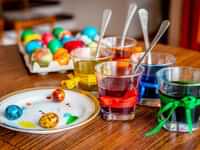
Our top tips

